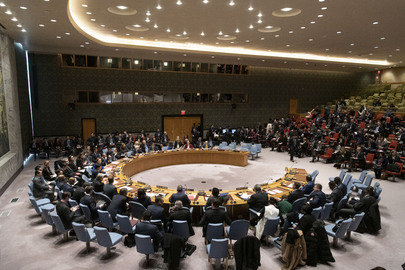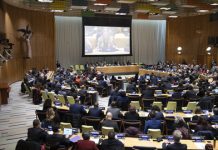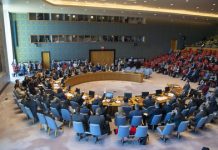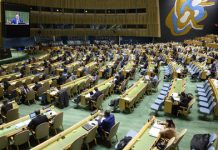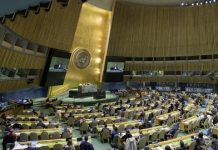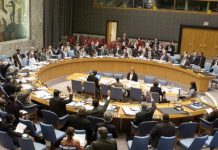Climate change is reshaping our planet: rising seas, record heat, stronger storms. While many sectors face pressure to decarbonise, one of the largest and most essential industries has long sailed under the radar: international shipping. Ships move nearly 90 per cent of global trade—grains, clothes, cars, electronics—but also produce around 3 per cent of global greenhouse gas emissions.
Today, we’ll explore how the global community, after years of global discussion and diplomacy, has taken unprecedented action to steer this vast industry toward a cleaner future.
HOST This is the Lid is On. I’m Laura Quinones
In April 2025, following years of talks and diplomatic efforts, the International Maritime Organization, the UN agency overseeing global shipping, approved a groundbreaking plan: to steer the shipping industry to net zero emissions by around mid-century.
(clip from Arsenio Dominguez interview)
“This shows multilateralism still works. It is a significant step in our collective efforts to combat climate change.”
That’s Arsenio Dominguez, secretary-general of the IMO, referring to the tense and emotional negotiations at the Marine Environment Protection Committee’s 83rd session, held at the IMO Headquarters in London, United Kingdom.
(clip from Arsenio Dominguez interview)
For over a decade, the IMO has worked toward this. In 2011, they introduced the first mandatory energy efficiency measures for ships. In 2018, an initial GHG reduction strategy was set. The 2023 strategy set the overall goal for international shipping to reach net zero greenhouse gas emissions by around 2050. Then, in 2025, countries agreed on specific steps to get there: reduce emissions by 20 per cent by 2030 and by 70 per cent by 2040. These short-term targets became part of what is now called the Net-Zero Framework.
(clip from Arsenio Dominguez interview)
The agreement creates two key measures: first, a global fuel standard to cut greenhouse gas intensity; and second, a pricing mechanism. Ships that exceed their limits must purchase “remedial units” or credits, or invest in the IMO Net-Zero Fund, which will help developing countries and reward low-emission ships.
But will this affect global trade? Dominguez says the IMO carefully studied the potential impacts.
(clip from Arsenio Dominguez interview)
For the new transition innovation will be key: ammonia, hydrogen, wind propulsion, solar power, and even onboard carbon capture.
(clip from Arsenio Dominguez interview)
The Net Zero Framework deal now awaits formal adoption in October. Dominguez remains optimistic.
(clip from Arsenio Dominguez interview)
That’s it for this edition of Lid is ON. I’m Laura Quinones Thanks for listening.
Source of original article: United Nations (news.un.org). Photo credit: UN. The content of this article does not necessarily reflect the views or opinion of Global Diaspora News (www.globaldiasporanews.com).
To submit your press release: (https://www.globaldiasporanews.com/pr).
To advertise on Global Diaspora News: (www.globaldiasporanews.com/ads).
Sign up to Global Diaspora News newsletter (https://www.globaldiasporanews.com/newsletter/) to start receiving updates and opportunities directly in your email inbox for free.


